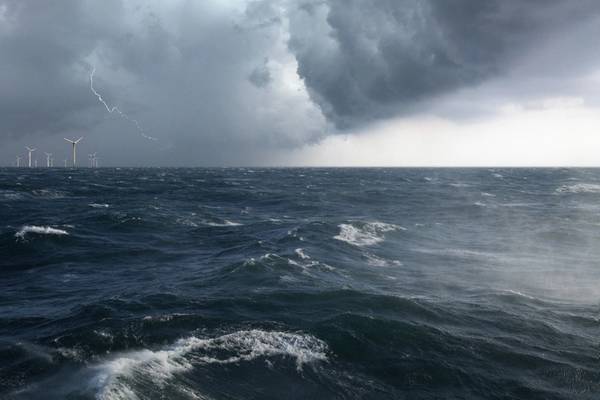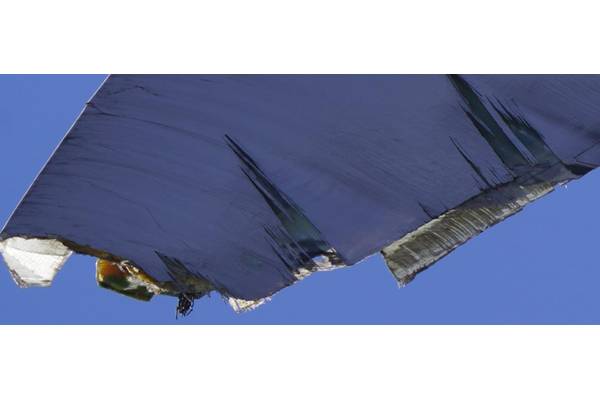

Danish-based Wind Power LAB (WPL) has launched an innovative lightning surveillance tool tailored to combat strike damages to wind farms through early detection of potential risk.
The new Lightning Analysis Service, known as LASSIE, is said to offer cost savings in excess of 40% as repairs are identified earlier than expected, through the use of the technology-based monitoring tool.
Lightning strikes and the growing severity of damage are posing increasing risks for wind farm operations
According to statistical data, lightning strikes account for more than 60% of meteorological accidents in wind farms.
For modern blades with increased carbon re-enforcement, there will be an increased risk of lightning damage rapidly progressing, WPL argues.
But through early detection of potential lightning impacts, wind farm owners and operators can ensure the efficient use of field resources to priorities repairs.
This subsequently avoids significant cost escalation, such as unnecessary labor and materials, and potential catastrophic blade failure through non-detection.
LASSIE, which is cloud based and non-intrusive with no turbine installation, enables proactive management of wind farms by prioritizing intervention for turbines in high-risk areas for lightning strikes.
As a result, the cost savings reduce lost production days by an average of 43% and allow for targeted external blade inspections, according to WPL.
“Understanding exactly which turbines to inspect, when and how, is key. WPL’s experts have created an automatic rules-based notice system and dashboard that pairs lightning and blade knowledge for actionable insights. Market-leading remote sensing data drives the system, which is backed by WPL’s intelligence and development, helping to pinpoint which turbines to inspect for damage,” said Anders Røpke, WPL’s chief executive officer and founder.
Røpke added that recent trials of LASSIE, conducted over an eight-month period, recorded 98% lightning strike activity across a singular wind farm. The analysis of all structural damage also found that lightning, ice throw and high wind gust cause a 50% baseline of blade damages.
“In one client trial of LASSIE, the yearly cost savings were estimated to be $2.7 million (€2.50 million / £2.15 million) from avoided damage progression. This underlines how the tool can support wind turbine owners and asset managers in developing the prudent operator mindset required to ensure efficient repairs, quick responses and avoid lost production days,” concluded Røpke.



